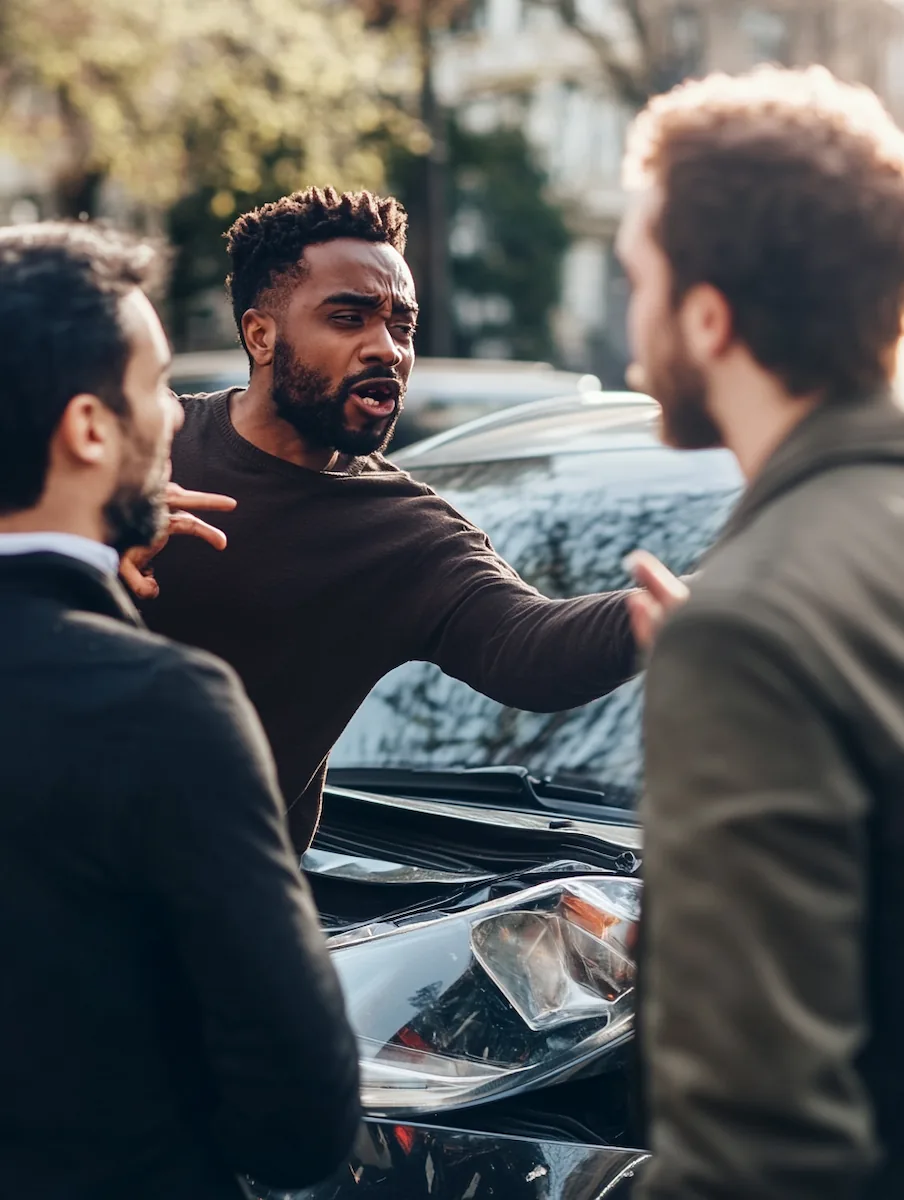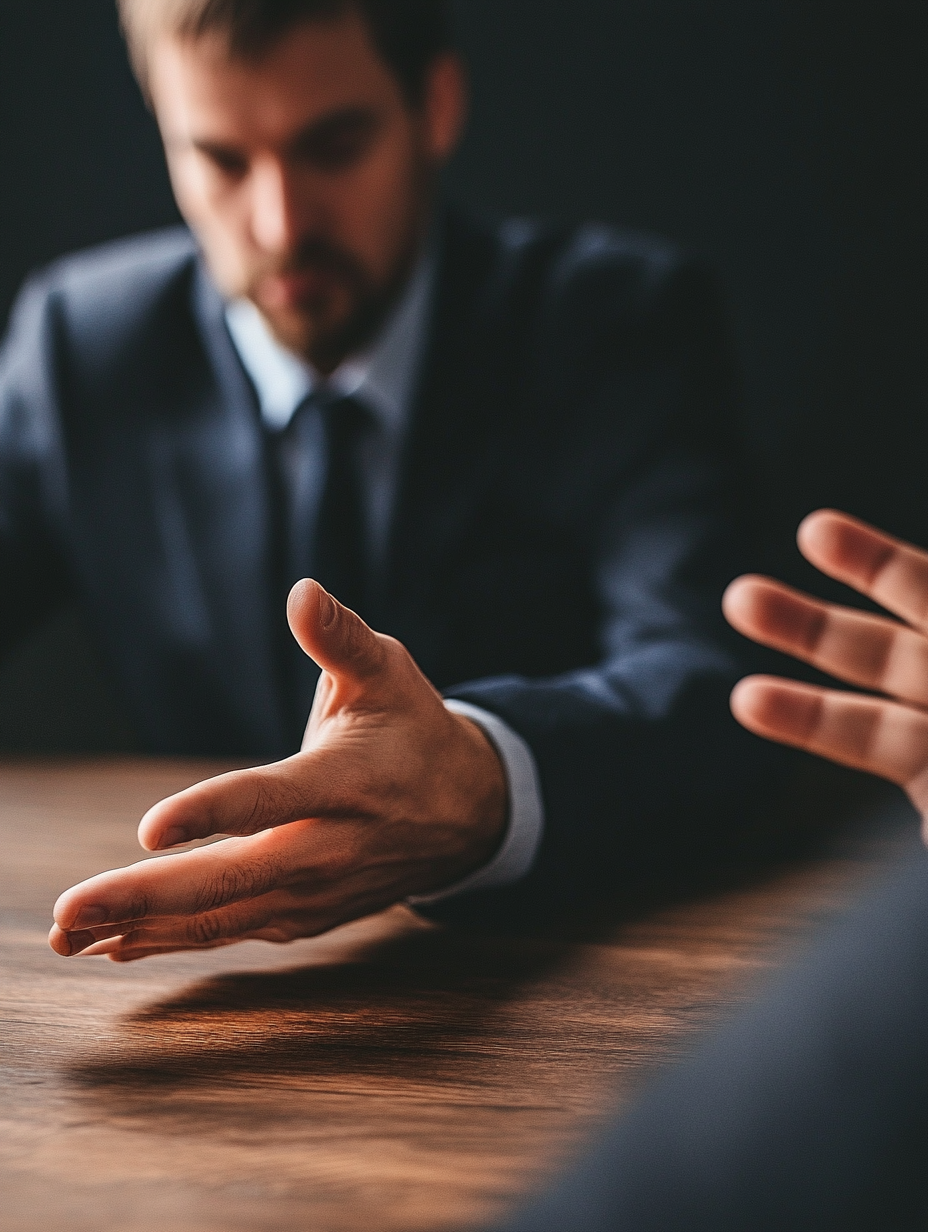Chain Reaction Car Accident Claims
Chain reaction auto accidents happen when three or more vehicles crash in a sequence, creating a chain of impacts that can turn a minor traffic disruption into a devastating event. These accidents typically start with a single triggering factor, often something sudden and unexpected, like a driver slamming on the brakes, poor weather reducing visibility, or a vehicle malfunction. The ripple effect is swift. One car crashes into another, and within seconds, several vehicles pile up, each collision compounding the chaos.
The injuries that result from these accidents can be as varied as the collisions themselves. Some victims walk away with minor scrapes and bruises, but others may suffer serious harm, including spinal cord injuries, traumatic brain injuries, and fractures. The unpredictability of how each vehicle absorbs the impact makes chain reaction crashes even more dangerous. For example, a vehicle at the center of the chain may experience impacts from both the front and rear, increasing the likelihood of severe injury.
What makes chain reaction accidents legally challenging is that no two crashes are the same. Each driver may tell a different story, creating a complex web of conflicting accounts. Understanding how to unravel this complexity is essential for victims who want to pursue compensation. That’s where Karell Law steps in. With our deep knowledge of Georgia traffic laws and investigative resources, we work tirelessly to establish fault and ensure that victims receive the compensation they deserve. Let us help you make sense of the chaos – call us to schedule a free consultation today.
Recent Results
$675,000
REAR END COLLISION
$225,000
TRIP AND FALL
$300,000
ATV ACCIDENT
$200,000
RIDESHARE COLLISION
$300,000
TOW TRUCK COLLISION
$500,000
GARBAGE TRUCK COLLISION
Complexities Surrounding Chain Reaction Auto Accidents in The State of Georgia
Georgia law presents unique challenges when it comes to chain reaction crashes. The state follows a modified comparative negligence rule, which allows victims to recover damages only if they are less than 50% responsible for the accident. Determining fault in multi-car accidents is rarely straightforward. Multiple factors, such as the sequence of impacts, road conditions, and driver behavior, come into play. Police reports, eyewitness testimony, and accident reconstruction experts are often needed to establish liability. Without an attorney familiar with Georgia’s traffic laws and court precedents, victims may find it difficult to navigate the legal system and recover what they’re owed.
Issues With Potential Multiple Victims and Parties at Fault
Chain reaction accidents don’t just involve a few damaged vehicles; they often leave behind a complicated mess of injuries, claims, and legal disputes. With multiple drivers involved, sorting out liability becomes far more difficult than in a standard two-car crash. Each party may be quick to assign blame, and without clear evidence, victims can get lost in the shuffle. Let’s break down the common complexities victims face and how they can protect their right to fair compensation.
Multiple Drivers Means Multiple Versions of What Happened
One of the biggest challenges with chain reaction crashes is the conflicting stories. Imagine a highway pileup involving six vehicles. The driver at the front may blame the one behind them for following too closely, while that driver may argue they were rear-ended and pushed into the car ahead.
Meanwhile, someone two cars back might claim that slippery road conditions or sudden braking caused the accident. With so many different perspectives, proving exactly who is responsible requires solid evidence—dashcam footage, eyewitness testimony, and accident reconstruction are often necessary to paint a clear picture.
How Fault Allocation Impacts Compensation
In Georgia, the modified comparative negligence rule directly affects how much compensation victims can recover. If a driver is found to be more than 50% at fault, they lose their right to compensation. Even being partially at fault (e.g., 20%) reduces the amount they can recover proportionately.
For example, if a court awards $100,000 in damages but determines the victim was 25% responsible, they’d only receive $75,000. With multiple drivers potentially sharing blame, finding each party’s percentage of fault becomes critical to the outcome of any claim.
Shared Fault May Extend Beyond Drivers
In many cases, liability isn’t limited to drivers. Poor road maintenance, defective auto parts, or even negligent road design can play a role in chain reaction accidents. For example, if a malfunctioning traffic light causes confusion at an intersection or a defective brake system prevents a car from stopping, these factors can contribute to the crash. Identifying additional responsible parties can increase the chances of securing a fair settlement. However, pursuing claims against multiple parties requires thorough investigation and legal strategy.
How Karell Law Can Help You Navigate the Complexities
Sorting through the legal mess of a chain reaction accident isn’t something victims should face alone. At Karell Law, we take on the burden of investigating the collision, gathering evidence, and holding all responsible parties accountable. Our legal team collaborates with accident reconstruction specialists, medical experts, and other professionals to build a strong case. Don’t risk settling for less than you deserve - schedule a free consultation with us today and let us help you recover the maximum compensation for your injuries.
Awards & Certifications

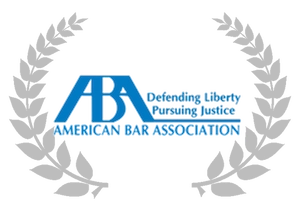
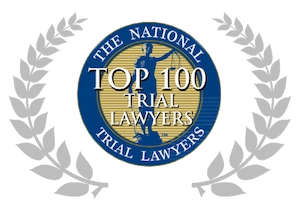
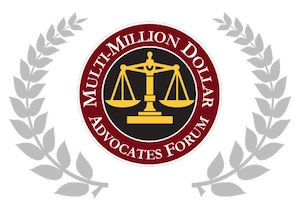
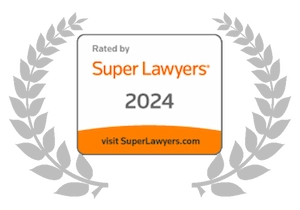
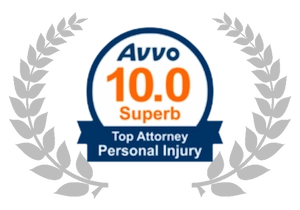
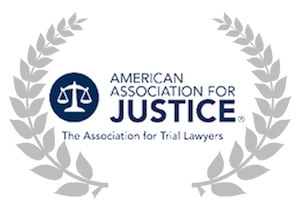

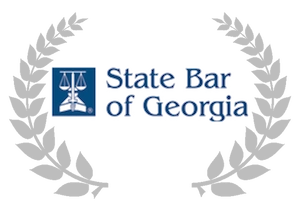
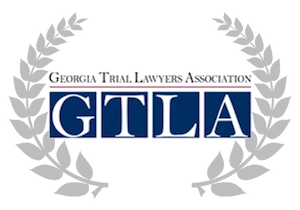
Insurance Companies Can Try to Get Out of Paying These Types of Claims
In chain reaction accidents, liability doesn’t always stop at the drivers involved. Sometimes, hidden factors lurking behind the scenes are just as responsible. Poorly maintained roads, defective auto parts, and flawed infrastructure can all contribute to multi-vehicle crashes.
Consider an intersection where a malfunctioning traffic light suddenly switches from green to red, throwing drivers into confusion. Or imagine a vehicle’s brakes failing because of a manufacturing defect, leaving the driver powerless to avoid a collision. These scenarios illustrate how third parties—like city governments responsible for road maintenance or auto manufacturers producing faulty parts—can share liability.
Identifying these parties is crucial when pursuing compensation. Victims may have claims against multiple defendants, which could significantly increase the potential payout. But uncovering these connections isn’t easy. It requires accident reconstruction experts, a thorough review of maintenance records, and legal strategies that leave no stone unturned. Without experienced legal guidance, many victims miss out on compensation tied to these overlooked factors.
Insurance Companies and the Blame Game
When a chain reaction accident occurs, insurers often see it as a game of dodgeball—only instead of dodging balls, they’re dodging claims. With multiple drivers and policies in play, insurance companies work hard to shift blame and limit payouts. They will comb through accident reports, challenge witness statements, and argue that victims were partially or fully responsible for their injuries.
One of their most common tactics is disputing the severity of injuries. They may claim that the pain you feel from a herniated disc or whiplash existed before the crash. Alternatively, they could offer a low settlement, hoping you’ll accept it quickly without realizing the full extent of your medical bills and long-term recovery costs. Insurers know that delays and confusion work in their favor, which is why they intentionally create hurdles during the claims process.
Victims without legal representation are at the mercy of adjusters who are trained to exploit inconsistencies and weak evidence. But with a strong legal advocate, you don’t have to face these tactics alone.
Schedule A Consultation with An Atlanta Chain-Reaction Auto Accident Injury Law Firm Today
If you or a loved one were injured in a chain reaction accident, the road to recovery can feel overwhelming—physically, emotionally, and financially. But you don’t have to face these challenges alone. Chain reaction crashes present unique legal hurdles, from proving liability among multiple drivers to handling pushback from insurance companies.
Without experienced legal representation, you risk being pressured into accepting low settlements that barely cover your medical bills or future expenses. Acting quickly is crucial because valuable evidence, such as witness testimony, traffic camera footage, and vehicle damage reports, can disappear or become unreliable with time.
At Karell Law, we’re dedicated to building a solid case tailored to your unique situation. We’ll take the time to fully understand how the accident affected you, from lost income to long-term rehabilitation needs. Our legal team will carefully evaluate all sources of compensation, whether it’s through other drivers, insurers, or third-party liability claims.
We don’t just negotiate with insurance companies—we hold them accountable. Let us help you secure the compensation you deserve while you focus on your recovery. Contact us today for a free consultation, and let’s take the first step toward reclaiming your future.
Gone Through Hell?
Call Karell
Clark Karell is an award-winning accident injury lawyer. He, and his team of dedicated trial attorneys, tirelessly fight for the financial rights of injury victims. For nearly two decades Mr. Karell and his staff stood out amongst other injury law firms in Atlanta due to their professional class, client care, and most of all...CASE RESULTS. Call Karell and Get Paid. Period.
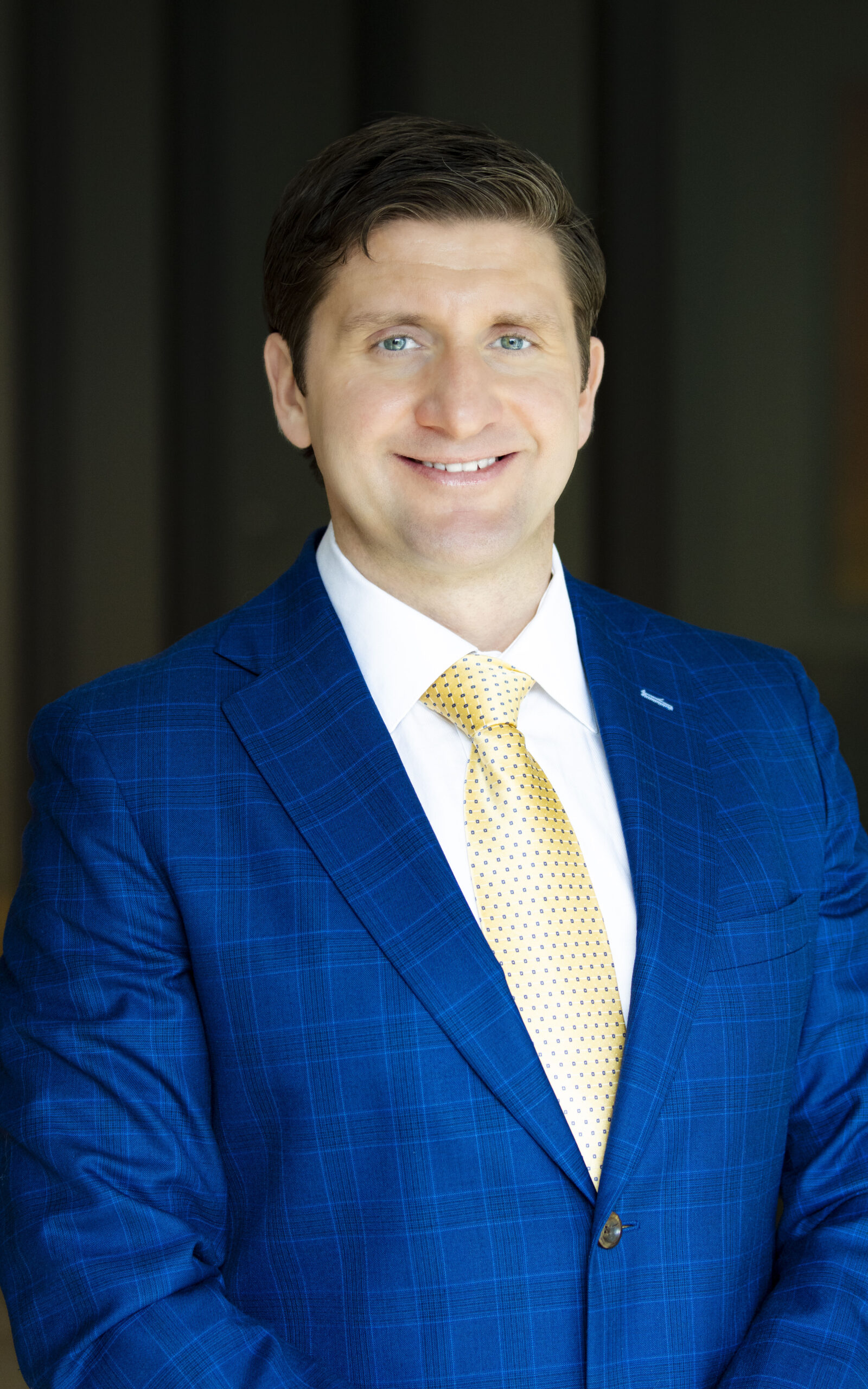
Practice Areas
Get in Touch
Free Consultation
Fields Marked With An “*” Are Required

 (678) 999-3331
(678) 999-3331